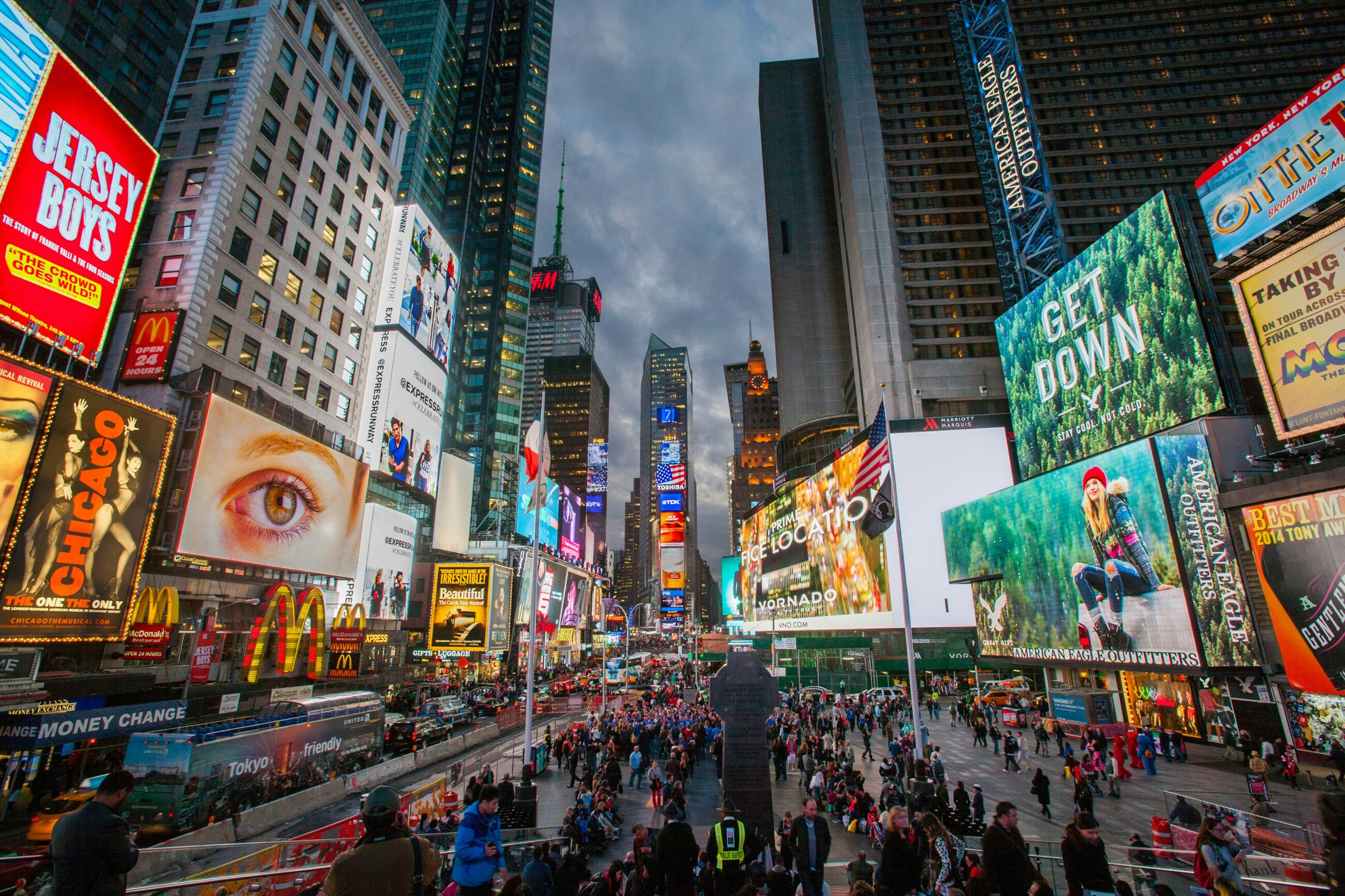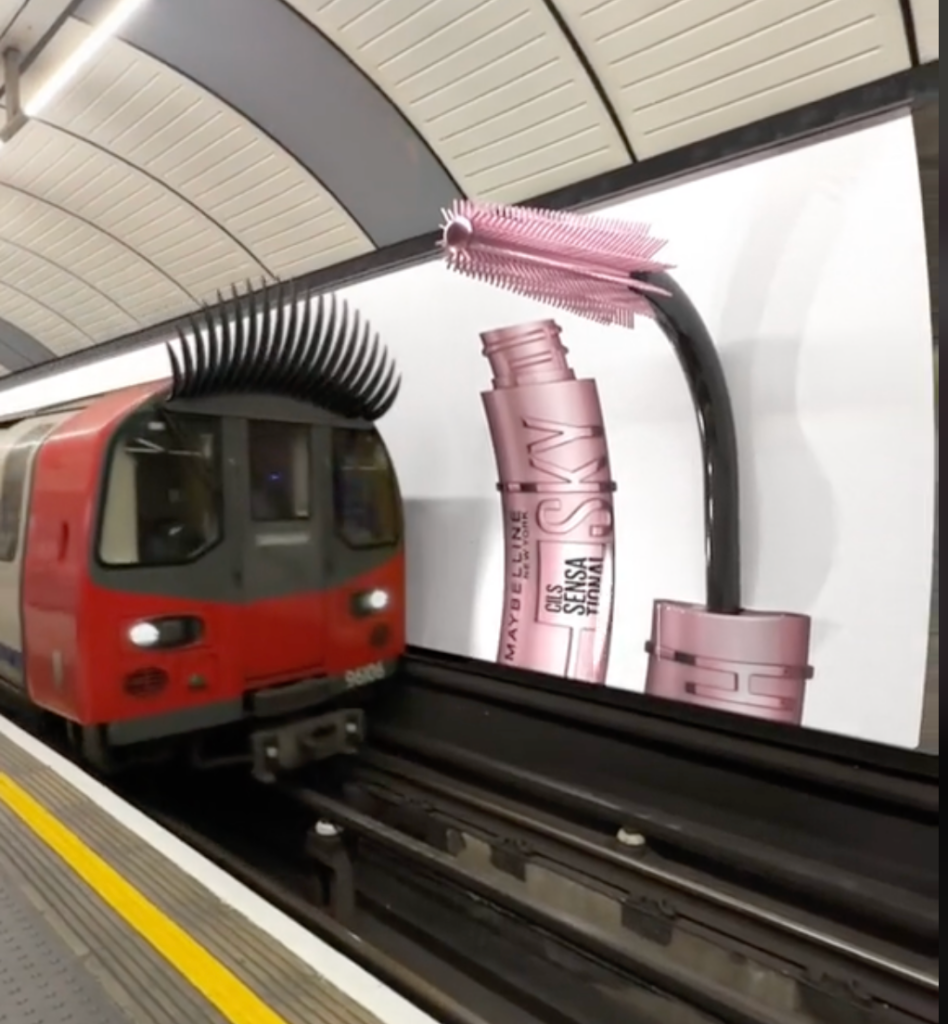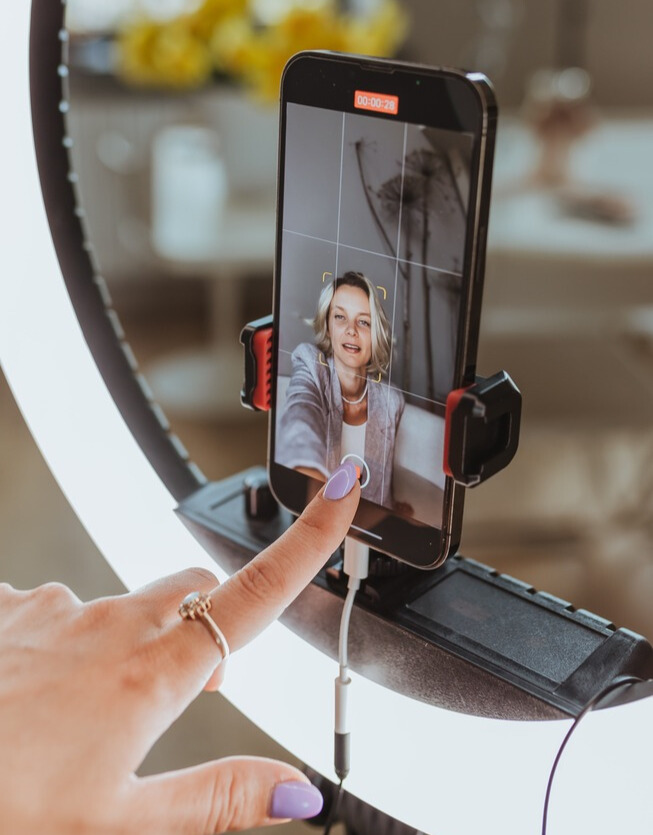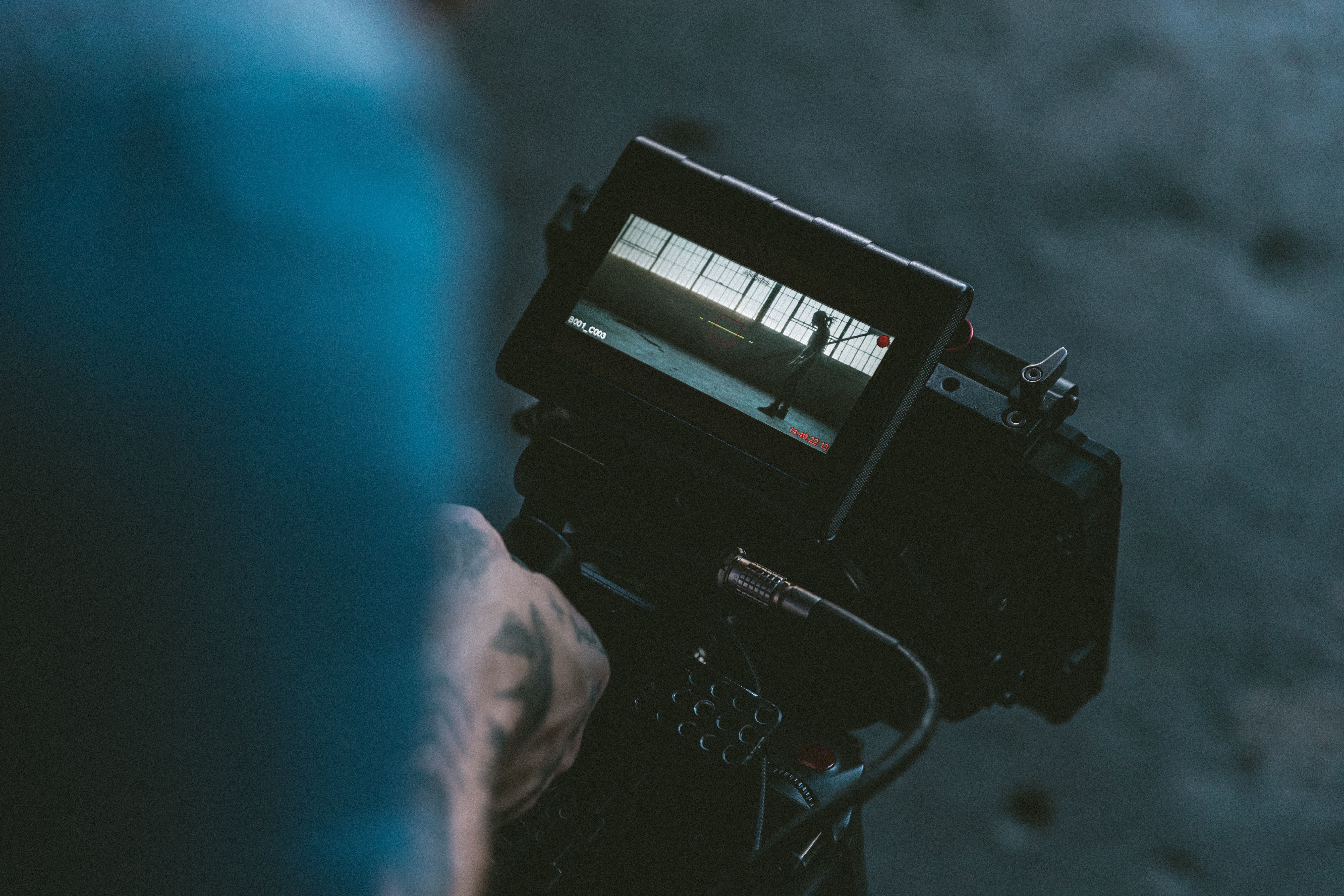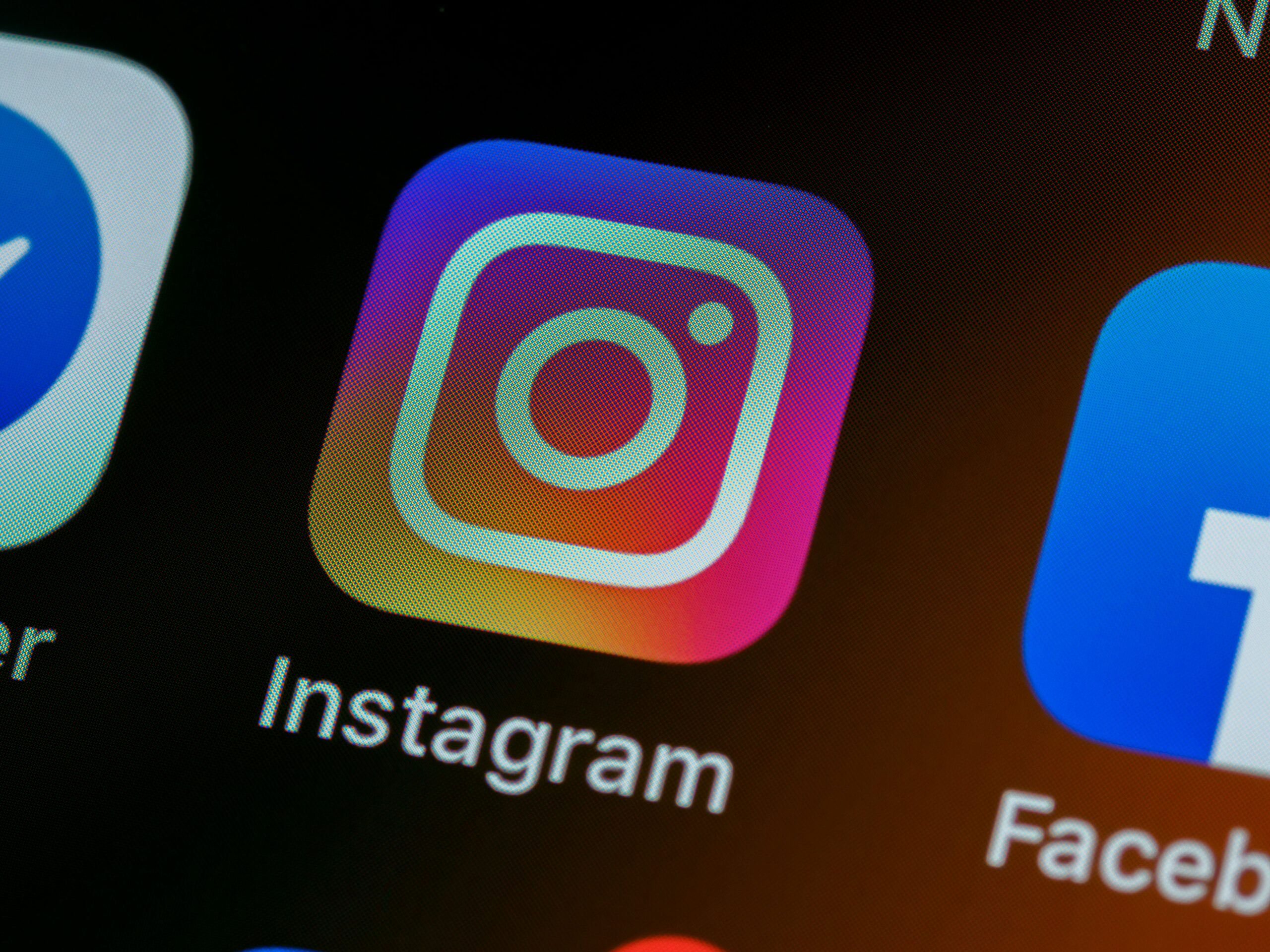Out-of-home advertising — posters, billboards, branded hoardings — is one of the oldest forms of advertising. Public wall graffiti has been found in the ruins of Pompeii promoting political candidates; ancient Egyptians used papyrus for mass sales messages. As far back as we can trace civilisations, we’ve found evidence of ways that commercial messages got communicated to masses.
While OOH advertising is traditional, it’s also evolved. From making images come alive through digital billboards to taking the consumer journey offline to online through QR codes and tracking, it’s a dynamic and integral part of any current marketing strategy. Its longevity speaks to its resilience in mirroring our own societal developments, and it’s wildly adaptable, even in an increasingly digital world.
The pandemic momentarily dimmed the lights on OOH advertising, but the world bounced back. The format has reached pre-pandemic levels across the US, and is now setting new benchmarks in innovation and audience engagement.
